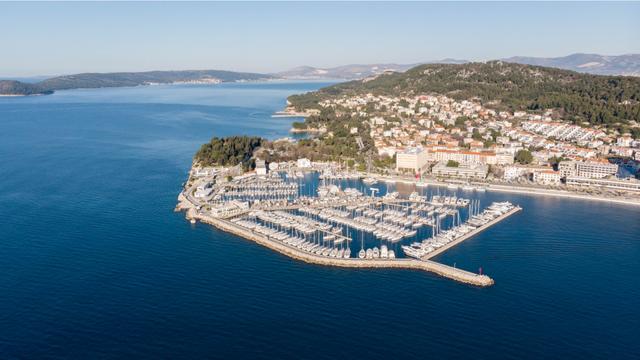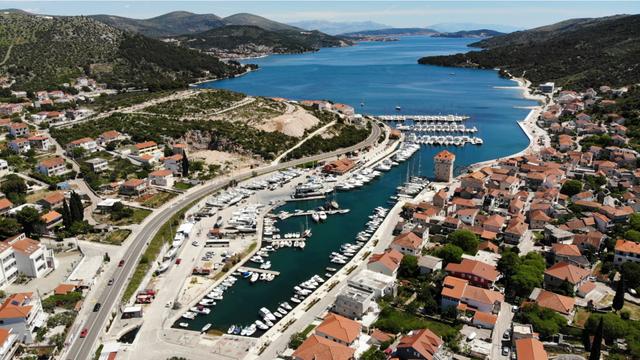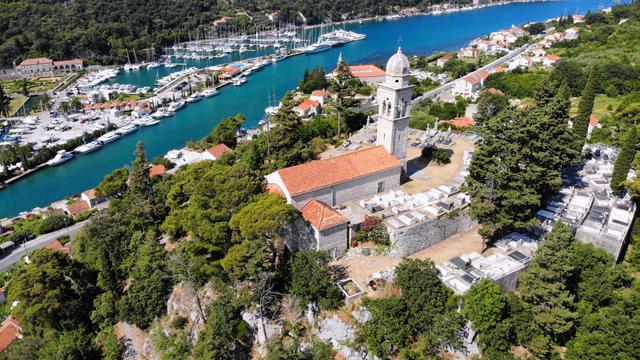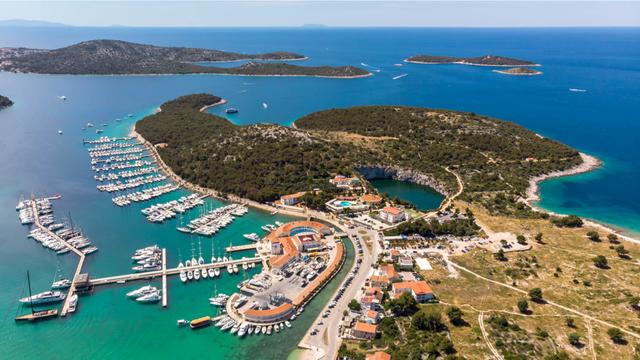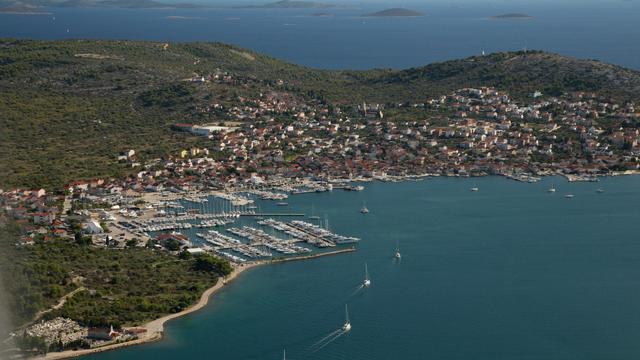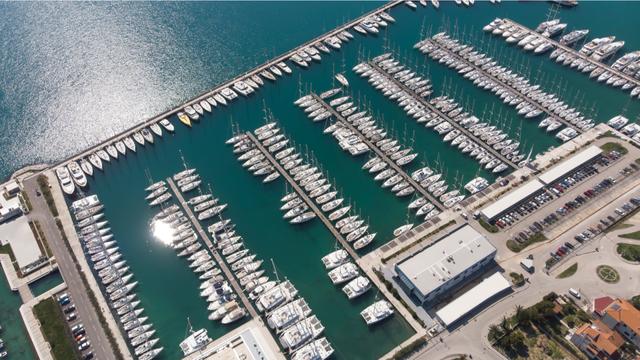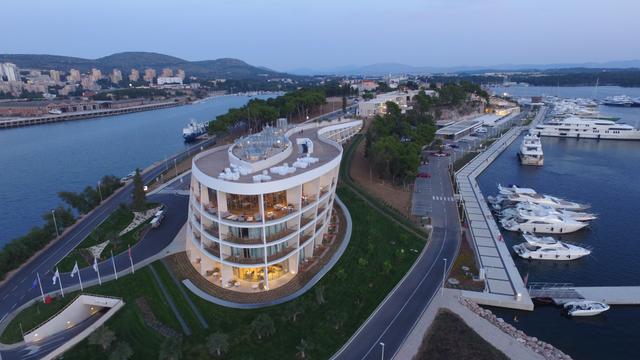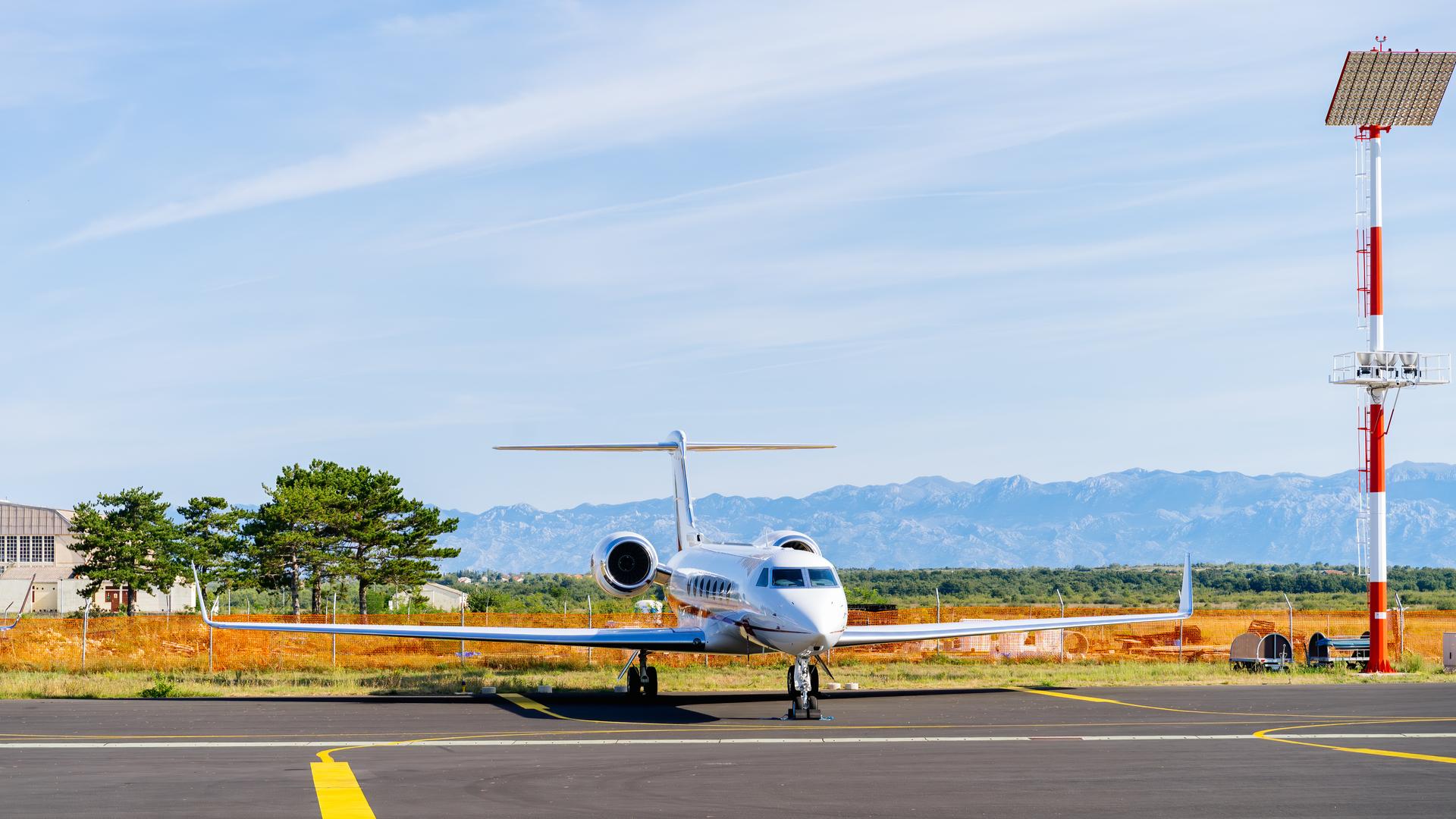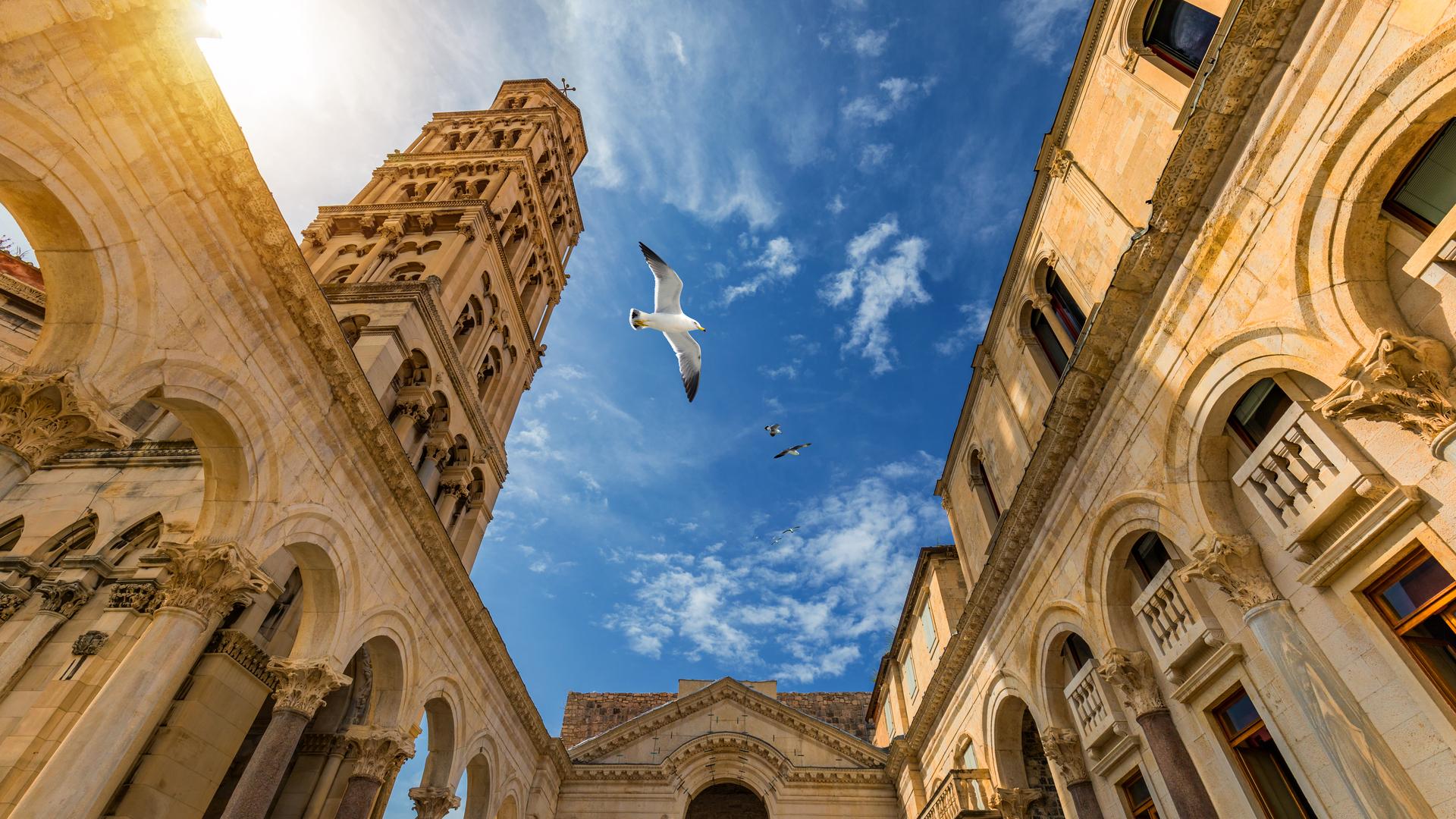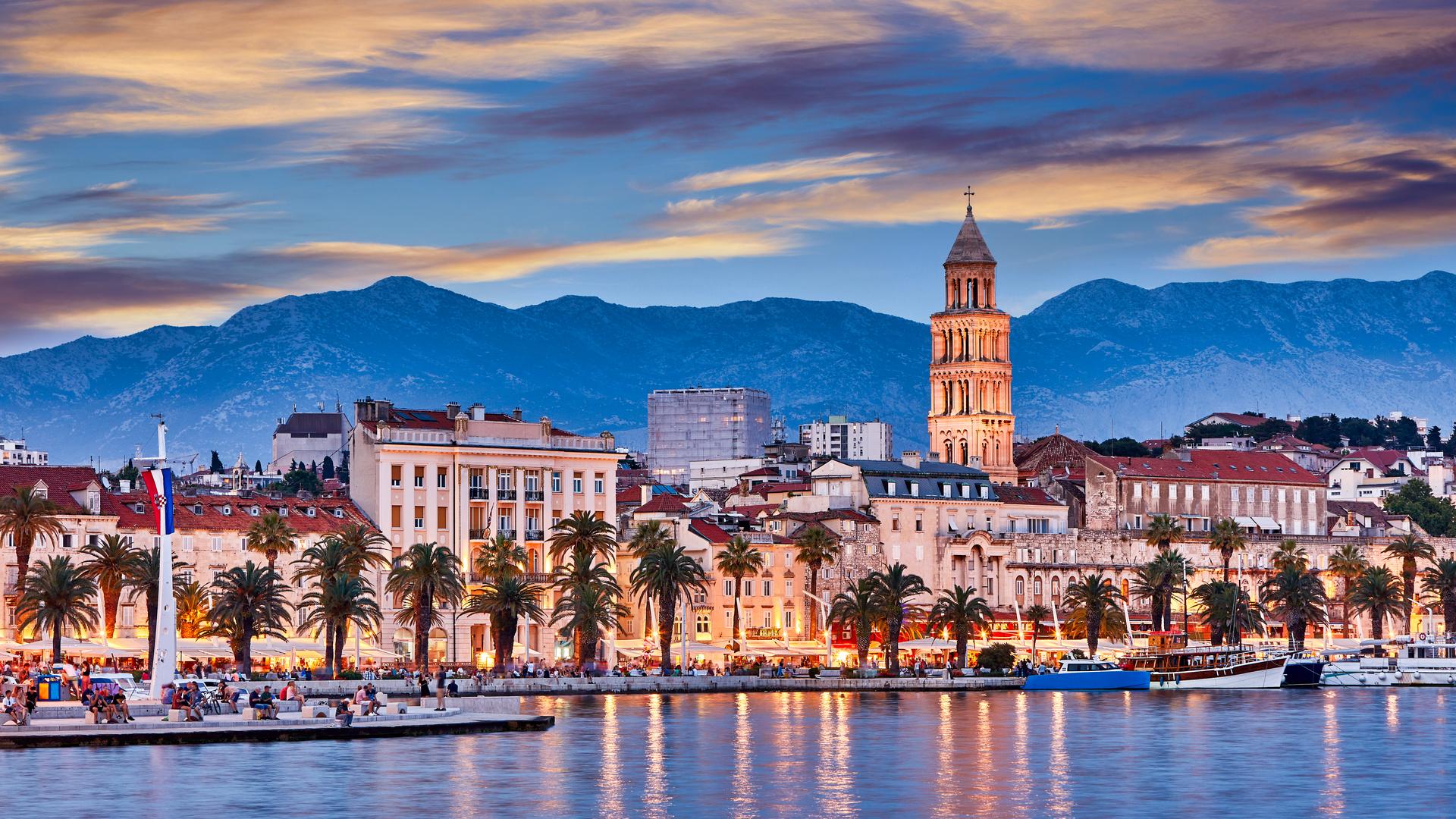Zadar Airport to Split
Similar popular transfers:
Private transfer from Zadar Airport to Split
The best way to get from Zadar Airport to Split is to book a private transfer from Zadar Airport to Split. MaciTours is a Croatian transfer service which offers the best prices for a private transfer. MaciTours has at its disposal a fleet of luxurious and premium vehicles that will make your transfer as comfortable as possible.
The Zadar Airport is located some 150 km from the Split and the duration of your transfer is about 1 and a half hours.
How to get from Zadar Airport to Split?
Every summer You get asked How to get from Zadar Airport to Split. You need to come fast and easily in Split because holidays are waiting. Like we mentioned above, the fastest and easiest way to get from Zadar Airport to Split is to book a private transfer from Zadar Airport to Split with MaciTours, Croatian transfer service. Private transfer between Zadar Airport and Split You can book easily in less then one minute using our booking form. After You have made a successful booking You don't need to worry about anything. The driver will wait You on arrivals with name of lead passenger.
That is not the only way How You can get from Zadar Airport to Split. You can also take a bus which operates daily, average price is 20-25 euro per person and it drives about 2h30min. Another option is to take taxi directly on the airport but that will be more expensive then private transfer and You don't know what You can except.
The Zadar Airport
The Zadar Airport is an international airport serving the city of Zadar and is located in Zemunik Donji, some 8 km (5 mi) from the centre of Zadar.
Already in 1936 there were regular commercial flights to and from Zadar and since then the airport has become Croatia's 4th largest international airport.
As of 2013, the airport is a Ryanair base with a stationed Boeing 737-800.
Several other airlines operate here and fly to destinations in Germany, Belgium, Italy and Poland for instance.
A few facts about Split
Split is the largest city on the Eastern Adriatic and the second largest city in Croatia.
It lies on the eastern shore of the Adriatic Sea on a peninsula, under the Marjan hill and is an intraregional transport hub and popular tourist destination. It is often nicknamed The City under the Marjan.
The city was founded as the Greek colony of Aspálathos in the 3rd or 2nd century BC on the coast of what was then an Illyrian province.
Over time, as the Romans conquered the province, Split became home to the Diocletian's Palace, built for the Roman emperor Diocletian in AD 305.
By AD 650, Split became a prominent settlement when it succeeded Salona asthe capital of the Roman province of Dalmatia.
After the sack of Salona by the Avars and Slavs, Roman refugees settled the fortified Palace of Diocletian.
The city drifted into between the sphere of the Republic of Venice and the Kingdom of Croatia, caught in the middle of a struggle between Venice and Croatia for control over the Dalmatian cities.
Venice eventually prevailed and during the early modern period Split became a Venetian city, a heavily fortified outpost surrounded by Ottoman territory.
In 1797, as Venice fell to Napoleon, the Treaty of Campo Formio gave the city to the Habsburg Monarchy and Split remained under Habsburg rule until the fall of Austria-Hungary in 1918 and the formation of Yugoslavia.
During World War II, Split was first annexed by Italy, then captured by the Partisans after the Italian capitulation in 1943, but was then re-occupied by Germany and came under the rule of the Independent State of Croatia as did the rest of Dalmatia.
The city was again captured by the Partisans in 1944, and was included in the post-war Socialist Yugoslavia.
In 1991, Croatia gained seceded from Yugoslavia, at the start of the Croatian War of Independence.
What to see while in Split
The historic city centre of Split was included into the UNESCO list of World Heritage Sites in 1979.
Split is one of the centres of Croatian culture and its literary tradition can be traced to medieval times, as the Father of Croatian Literature, Marko Marulić, whose statute stands on the Fruit Square, was born here and achieved world-wide recognition and fame and his works were read even by notable persons such as the English king Henry VIII.
The city is most famous for its Diocletian's Palace, the old city centre.
There you can see the St Duje's Cathedral on the Peristil, which was at first a mausoleum for emperor Diocletian. The church is combination of ancient Roman architecture and early Christian architecture. From its bell tower, you'll have a great view of the whole city and the Diocletian's Palace.
Opposite the cathedral, you'll find the old Jupiter's Temple, now St Johns church, in front of which stands an original Egyptian sphinx, the other being on the Peristil, both of which emperor Diocletian brought here from Egypt.
The Peristil itself, the heart of the Palace, is an excellent example of old Roman architecture, around which later Medieval and Christian structures were constructed. Many cultural events take place on the Peristil during the Split Summer Festival, where plays and operas are performed under the night sky.
The Riva is the main city promenade along the seashore, where the bulk of the cafés are located and where people like to stroll and meet with friends in the evenings.
Split also has many museums and galleries.
The Museum of Croatian Archaeological is the only museum in Croatia dedicated to researching and presenting cultural artefacts of the Croats in the Middle Ages, between the 7th and 15th centuries. Its collection of early medieval wicker, clay figurines, as well as old Croatian Latin epigraphic monuments make it the largest collection of its kind in the whole of Europe.
The Split City Museum at Papalićeva 1, is housed in the former Papalić Palace and exhibits the urban, cultural, artistic and economic heritage of the city. It is also home to the Emanuel Vidović Gallery, dedicated to the most important 20th-century Split painter.
The Gallery of Fine Arts, located at Kralja Tomislava 15, is an art museum that contains works from the 14th century to the present day providing an overview of the artistic developments in the local art scene.
The Ivan Meštrović Gallery, located on the Marjan peninsula, is an art museum dedicated to the work of the once world-famous 20th-century Croatian sculptor, Ivan Meštrović, displaying some of his most significant works, the building itself being is an art monument.
The permanent collection includes works of sculpture, drawings, design, furniture and architecture.
Not far from the Gallery lies Kaštelet-Crikvine, a restored small chapel that houses a set of wooden wall panels carved by Ivan Meštrović.
The old Green Market or Pazar is located next to the Diocletians Palace. There you can find fresh, organic food from the Dalmatian Hinterland.
The city also has many nightclubs, bars and restaurants, the best being in or around the old city centre.
Split is well-connected with all of the Croatian Adriatic islands and is ideally located to make short excurions to the Krka National Park, the islands or near-by cities such as Solin, Trogir or Omiš.
\

